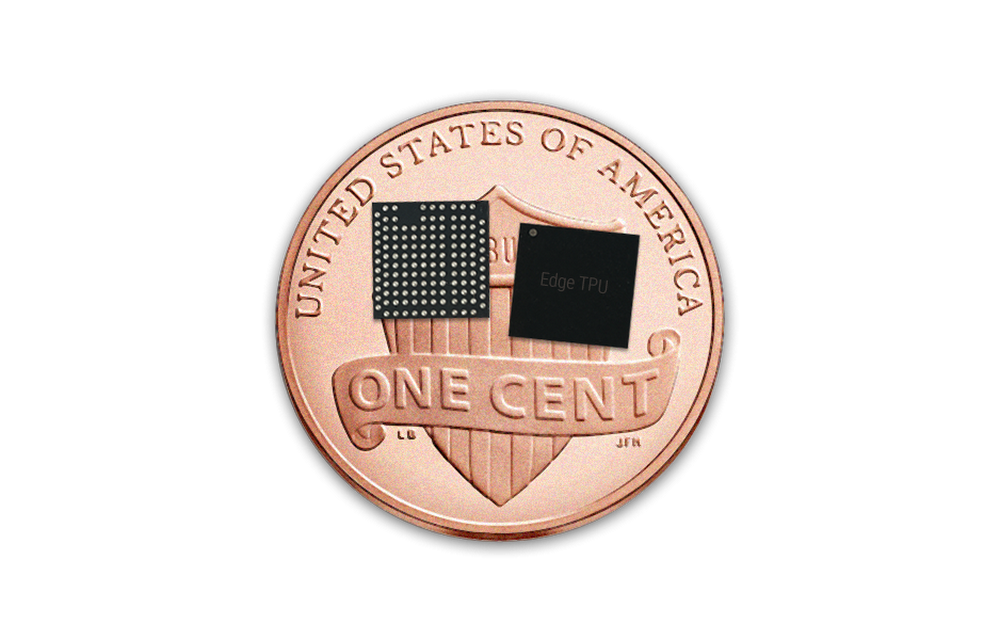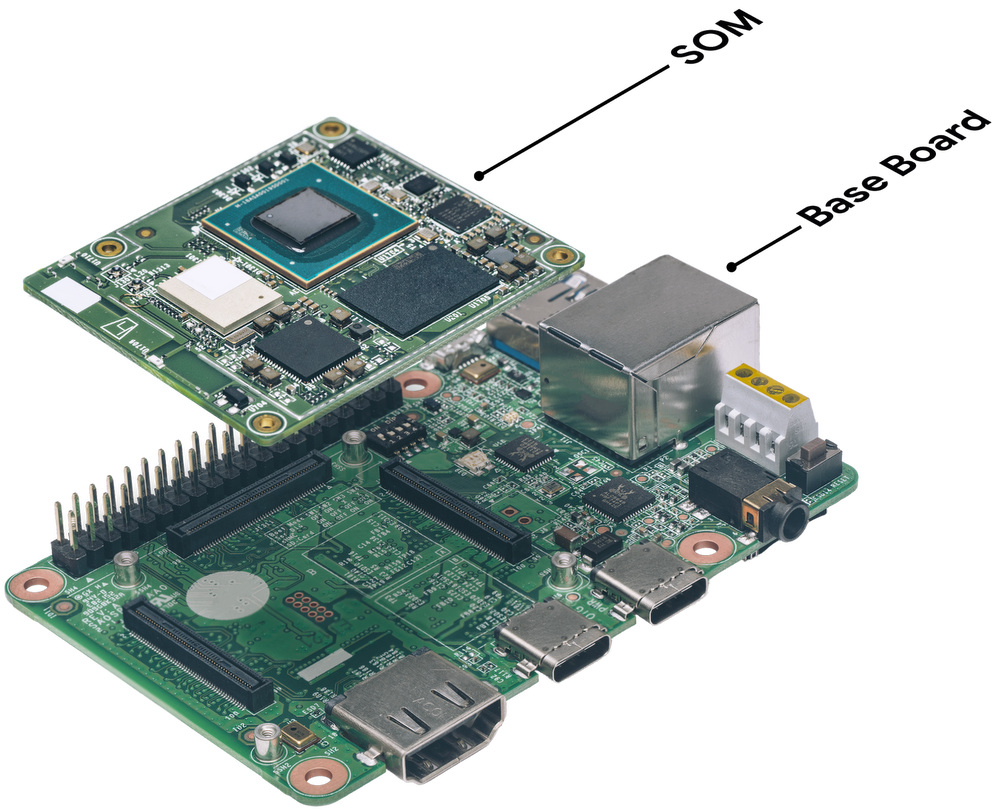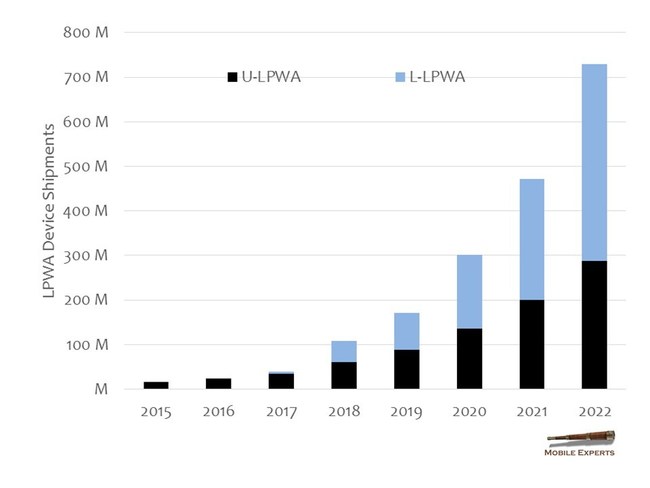German board developer congatec has developed its first SMARC 2.0 Computer-on-Module based on the 64bit NXP i.MX8 multi-core ARM processor family.
The conga-SMX8 uses up to eight ARM Cortex-A53/A72 cores (2x A72 + 4x A53 + 2x M4F) for ultra-low-power embedded computer designs, offering the recent best-in-class ARM processor with excellent performance, flexible graphics and numerous embedded features for all kind of IIoT applications.
The module supports high-performance multi-core computing along with extended graphics capabilities for up to three independent 1080p displays or a single 4K screen. Further benefits of this native industrial-grade platform include hardware-based real-time and hypervisor support along with broad scalability as well as resistance against harsh environments and extended temperature ranges.
The SMARC 2.0 modules include hardware based virtualization and resource partitioning for stationary and mobile industrial applications including real-time robotics and motion controls. The modules are qualified for the extended ambient temperature range from -40°C to +85°C and so can be used in fleet systems for commercial vehicles or infotainment applications in cabs, busses and trains as well as all the new electric and autonomous vehicles.
"Due to the tremendous increase in performance, functionality and connectivity of ARM architectures, ARM based Computer-on-Modules gain significantly more importance and acceptance, as they reduce the overall system design costs for hardware and software and enable faster time to market for the final end application," said Martin Danzer, Director Product Management at congatec. "Our SMARC 2.0 modules are application-ready sub systems that come with a comprehensive ecosystem such as ready-to-go boot loader implementation, pre-qualified Linux and Android BSPs and fully featured evaluation carrier boards as well as personal integration support and a broad range of individually selectable technical services to significantly simplify the integration of this new i.MX8 processor for our customers."
The module supports up to 8 GByte of LPDDR4 MLC or pseudo SLC memory and up to 64 GByte of non-volatile memory, with 2x GbE including optional IEEE1588 compliant precision clock synchronization, up to 6x USB including 1x USB 3.1, up to 2x PCIe Gen 3.0, 1x SATA 3.0, 2x CAN bus, 4x UART as well as an optional onboard Wi-Fi/Bluetooth module with Wi-Fi 802.11 b/g/n and BLE.
Up to 3 displays can be connected via HDMI 2.0 with HDCP 2.2, 2x LVDS and 1x eDP 1.4. For video cameras, the modules support 2 MIPI CSI-2 video inputs. Software support includes U-Boot and complete Board Support Packages for Linux, Yocto and Android.
The modules will be available in series production in time with the production launch of the new i.MX8 processor family by end of this year.
The modules will be available in series production in time with the production launch of the new i.MX8 processor family by end of this year.



 .
.  .
.  .
.  .
.  .
.  .
.  .
.  .
.  .
.  .
.  .
.  .
. 

 .
.  .
.  .
.  .
.  .
.  .
.  .
.  .
.  .
. 

 .
.  .
.  .
.  .
.  .
.  .
.  .
.  .
.  .
.  Source: Mobile Experts
Source: Mobile Experts .
.  .
.  .
.  .
.  .
.  .
.  .
.  .
.  .
.  .
.  .
.